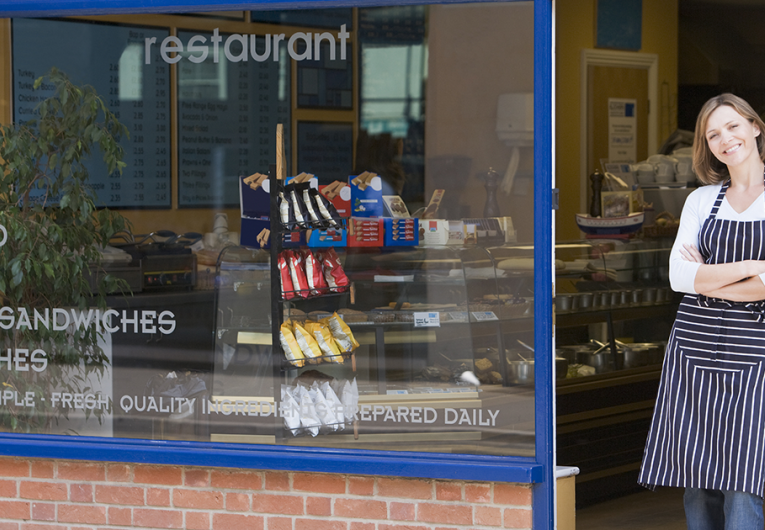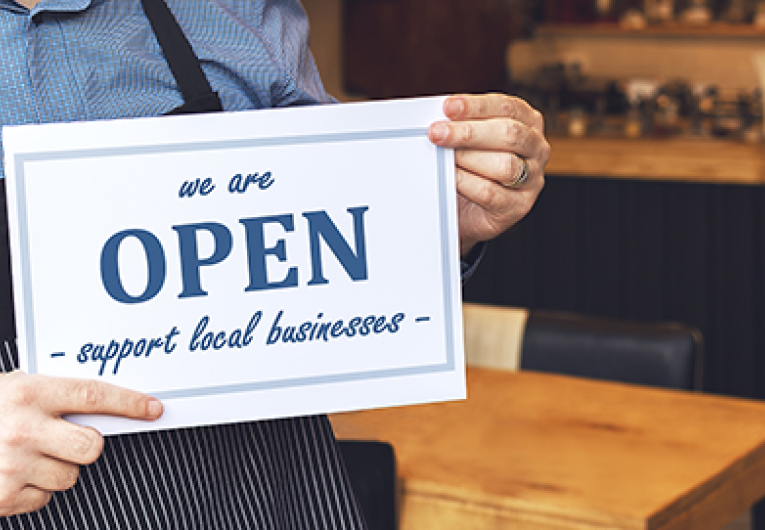
Event Marketing: The Best Way to Impress Your Potential Customers
If you’re a car buff, your engine likely revs up a little when the auto show comes to town. That’s because it harnesses the power of event marketing. When you give people a chance to engage with your brand, you create a new fan. Find out how to use event marketing to establish meaningful connections with people and let them know what you offer.
What is Event Marketing?
Event marketing uses an event or occasion to promote some aspect of your business. The event can be one you create, like a grand opening for your business. Or you can piggyback on an existing event like a community festival, a sporting or art event, a conference, or a trade show. The idea is to engage attendees through the use of a display, activity, or experience. It’s most often used with “live” functions, but the strategy works well with online venues like a webinar or live streaming event.
The Payoff
There are a number of benefits to integrating event marketing into your overall marketing plan. If you can create a memorable experience, events can:
- Build your brand – You get to tell your story live and in-person in a way that you couldn’t in a brochure or ad. You can gauge their reaction and immediately adjust if needed.
- Generate new customers and reinforce existing ones – Events can give you access to large numbers of people. That can generate activity in the form of new leads or requests for additional sales.
- Educate – Attendees get a chance to try out your product and service first-hand. They can ask questions, give you feedback, and (if you’re lucky) tell their friends about it.
6 Things You Should Know Before You Start
Executing a successful event takes careful planning. Here are some guidelines to help you maximize your investment in this marketing strategy:
- Set the right goal – The long-term goal of events is building relationships, not selling. You may get some sales in the short-term, but the real value is the connections you make. People who attend aren’t looking for a sale’s pitch. They likely want information and a sense that this is someone they can trust.
- Spread out costs – Event marketing requires an investment of time and money. One way to minimize those costs is to be selective on your invitation list—likely just your A-list clients or prospects. Another idea is to co-sponsor the event with another business or organization. It will likely increase your attendance, but you have to share the spotlight. A third option is to tag-on to an existing community event. You get the advantage of larger crowds, but your visibility may be diluted.
- Select the right metric – Determine in advance how you will measure the success of your event. Start with metrics like invitee-to-attendee ratio, total attendance, number of contact information gathered. But then refine that data to determine how many qualified leads you obtained. You can attach a dollar amount to each lead based on anticipated sales. ChiefMarketer.com provides more details on gathering the data you need to measure success.
- Socialize your event – Go beyond the invitation to promote the event. Use your social media channels to raise visibility. For example, Facebook gives you the option to post your event online where your followers can respond. It’s a way to gauge interest and people in your followers’ network see it too.
- Gear up your staff – An often-overlooked aspect of event planning is staffing. You’ll want enough staff to handle the demand but not too many that it looks like they’re just standing around. Some businesses assign a portion of their staff to a booth and direct the remainder to roam around the event. The at-large staff can be called into the booth if needed. You need to supply staff with key message points, so attendees have a consistent experience. And you’ll want a system to capture conversations you have with attendees, even if it’s just a note on the back of their business card.
- Follow-up promptly – You want to leverage the connection you made by immediately following-up after your event. Use the contact information you gathered to send attendees an email thanking them for stopping by. Include some educational information that expands on what they experienced in the event. Then triage your qualified leads following up on the most promising first.
Event marketing can be an effective way to establish authentic connections. But it takes careful planning to realize the maximum benefit from your efforts. Take a look at this event checklist from Marketo.com to get organized. Then consider these guidelines before you start.
The trends, insights, and solutions you need to grow your business.
By signing up, you’re subscribing to our monthly email newsletter, The
Wire. You may unsubscribe at any time.
Your information stays safe with us. Learn more about our privacy
policy.











![[#MSP_NAME#] Logo](/themes/sparklight_business/images/transition-logos/migration-banner-logo-[#MSP_CD#].png)
